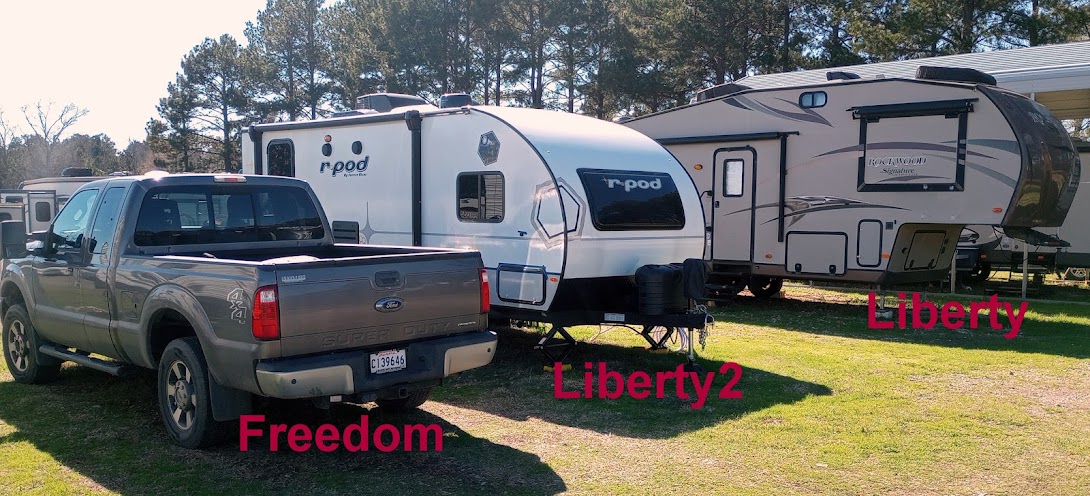(click pictures to enlarge)
(all pictures taken with Nokia Lumia 929 cell phone)
Yellowtail Dam is named after Robert Yellowtail who was the Chairman of the Crow Indian Tribe in the 1940's and was a very vocal opponent to the construction of the dam. Since the dam and river is located on the Crow Reservation, cooperation was necessary. Sentiments, for and against the construction was so high it split the Crow Nation into two separate parties. The two parties were the Mountain Crows and the River Crows. Eventually, agreement was met and construction began in 1961 and was completed in 1967. The reasons for the dam was flood control, water reservoir, recreation and sediment control. It accomplished all of its goals. It isn't the biggest in the country or even the state of Montana. I went to visit it because of the construction company that built the dam.
 |
| It is a Concrete Arch |
 |
| Stilling basin |
The year was 1905 when two men first met each other while working on an irrigation project in Idaho. The older man, 43 year old Morris Knudsen was an old farmer from Nebraska who owned a team of horses and a Fresno Scraper. The scraper was high technology for its time and was used to scrape dirt, place it in a holding container and then empty it by evenly spreading it over an area. The younger man, 20 year old Harry Morrison was a Concrete Superintendent and familiar with concrete construction. Together they formed a partnership that would become one of the largest in the world. Although they started out in the construction industry by building simple projects such as irrigation ditches, logging roads and railway grades, they eventually grew to the point of designing and building literally anything. Their company (Morrison-Knudsen Corporation) incorporated in 1923 and 8 years later they were the lead contractor on the construction of Hoover Dam. During World War II they built airfields, storage depots and bases all over the Pacific Ocean while at the same time building ships on the west coast. They eventually branched off into so many different areas that it is amazing how large the company grew.
These two men lived the American Dream to the fullest. They provided jobs to hundreds of thousand of people over the last century and helped make this country the most powerful one in the world in terms of not only military might but also economic might. That type of success story is still alive today, but with a lot more federal restrictions.
 |
| The view from the overlook by the Dam's Visitor's Center |
On the way back to the campground I stopped off at the local museum. It covers the history of this part of Montana. There were lots of nice exhibits to browse through and was a nice way to spend a few hours wandering around. I took several pictures but am only posting a few here.
 |
| I know someone who rides horses in rodeos so I thought these old saddles were interesting. They look to be in great shape. I'm not familiar with the different types. |
 |
| One of the most unique benches I've seen. |
Ya'll take care of each other. I'll Cya down the road.





Ok, I'll tell you what the big boxes are for as I had wondered myself for a number or years before finding out. Sometimes they are on wheels too. They have wooden slats with little holes drilled into them for a type of carpenter bee to live. They use them to pollinate fields, especially seed type fields, or crops that need pollination to be successful. Now, you know the rest of the story. :O)
ReplyDeleteBob
Hey Bob. Ut oh,,,I think I need to apologize to a couple young guys at the Yellowtail visitor center. When I asked them about the boxes, they said "Bee Boxes". I told them I wasn't talking about the bee boxes because I saw those (standard white honey bee boxes). I didn't think about big carpenter bees. Oh well, I will apologize if I go there again. Thanks for the info. Cya
Delete